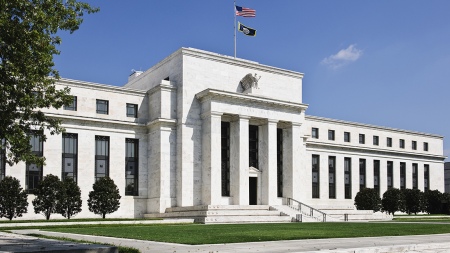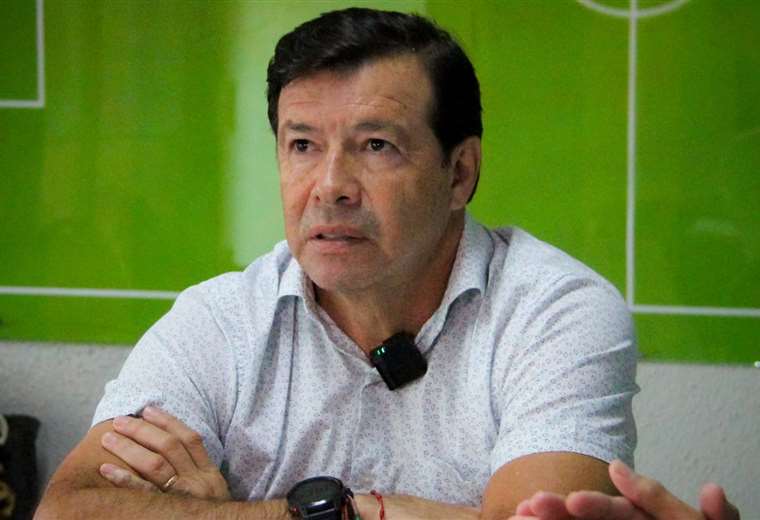The Federal Reserve of the United States (FED) today increased the reference rate by half a percentage point to 4.25-4.50%, as expected by the market, but reaffirmed that it will continue raising interest rates and will take them above 5%.
Following a two-day meeting of its Monetary Committee, the US central bank, which pushed its rates to 4.25-4.50% by unanimous decision, raised its inflation forecast for 2023 to 3.1% against 2, 8% of its previous projection.
It also reduced its GDP growth forecast for the world’s largest power next year, to 0.5% from 1.2%, according to the statement issued at the end of the meeting.
While in September they forecast a level of 4.6% for the reference rate at the end of the upward cycle, now they are handling levels above 5%
The rate increases aim to make credit for consumption and investment more expensive, thus cooling the economy and reducing pressure on prices, in a context of persistent inflation in the United States.
These are the highest reference rates since 2007, but it is also anticipated that new increases “will be appropriate,” the agency said in its statement.
While in September they forecast a level of 4.6% for the reference rate at the end of the upward cycle, now they are managing levels above 5%.
These are the highest reference rates since 2007, but it is also anticipated that new increases “will be appropriate,” the agency said in its statement.
This moderation in interest rate increases marks the beginning of a new stage in the fight against the scourge of inflation, a Fed priority that aims to bring it to a level of 2% per year, considered healthy for the economy.
The agency had been raising its rates by 0.75 percentage points in the last four monetary policy meetings, an increase of a magnitude unprecedented since 1994.


















